With their intricate designs, tight weave, vivid colors and lovely lush feel, silk rugs are true works of art. In fact, most people who buy these fabulous creations use them to adorn their walls rather than their floors. Here are a few things you should know if you are considering buying a silk rug.
9 Types of Silk and Wool Persian Rugs
Persian Silk Rug
Persian silk rugs look magnificent with their soft, natural luster, lush feeling underfoot and precision detailing.
These rugs are more expensive then wool or cotton rugs because a large number of cocoons have to be used to obtain a small quantity of silk yarn.
Unfortunately, some rug sellers pass off artificial silk rugs to clients. There is in fact a world of a difference between the two. Understanding the differences is important so that you do not get duped by unscrupulous sellers.
Features Of A Silk Rug
The first thing that will strike you when you look at a silk rug is its high sheen. Silk fibers are naturally lustrous and rugs make of this material look have the most amazing sheen.
Because silk is an expensive material to create rugs from, it is not as widely used as wool, but the weavers who do work with silk go to great lengths to make sure that their creations are nothing less than magnificent.
Compare any wool rug with a silk rug and you will see the difference. In silk rugs, the knots are tighter and the knot count is higher. If you run your hand lightly across the surface of the rug, it will feel lush, luxurious and silky smooth.
Natural Silk Vs Artificial Silk
Genuine Persian silk rugs are made using natural silk. This is a special type of silk that is naturally produced by silkworms. It is essentially a fibrous protein made up of amino acids. To harvest this natural silk, silkworm cocoons are boiled and unwound into single fibers, which are then spun to create silk yarns.
Artificial silk is made up of synthetic rayon fibers which are composed of pure cellulose. The raw materials are put through a complex process that involves more chemicals. The result is a type of artificial silk that has a lustrous look and feel. At first glance, both natural and artificial silk may look the same but there are in fact several differences between the two.
Natural silk feels softer and cozier to the touch. While artificial silk also feels soft, it has a slight stiffness that’s absent in natural silk.
Natural silk is extraordinarily durable with a tensile strength that surpasses the tensile strength of nylon, which is considered to be a strong, durable material in itself. A rug made from natural silk will last generations with proper care and maintenance. Artificial silk is has a lower tensile strength. It is more brittle. The fibers break off more easily.
A rug made from artificial silk will start to look shabby in a few years because of the broken fibers. It cannot be passed down as a family heirloom.
Disadvantages Of Buying Artificial Silk Persian Rug
When deciding between buying a natural or artificial silk Persian rug, many people find themselves facing the same conflict. Should they pay more for the natural silk Persian rug or should they settle for the cheaper artificial silk Persian rug?
The truth is, you may pay less for the artificial silk rug but this rug will not stand the test of time. In having to replace it in a couple of years, you will in fact end up paying more for multiple rugs and no matter how good it looks, you cannot pass it down to the next generation.
A natural silk Persian rug on the other hand is a one-time investment. You pay for it once and it will get passed down to the next few generations becoming even more valuable as it ages.
Best Types of Persian Silk Rugs
While there are several types of stunning Persian silk rugs, the four that stand out from the rest are Qum, Tabriz, Nain, and Isfahan rugs.
Qum is famous for their absolutely elegant pure silk rugs. Weavers often use natural silk for the foundation and the pile. The water in this area contains certain natural chemicals that give silk rugs their distinctive natural coloration.
The higher cost of natural silk Persian rugs is because of the high cost of the raw materials and the longer time taken to knot the finer strands of silk yarn. Many people use these gorgeous creations as wall hangings where they can be admired without getting damaged.
Most rugs have a combination of silk and wool or silk and cotton, which lowers the prices of the rug and also adds to its durability.
How To Know If It’s A Genuine Silk Rug
Genuine silk rugs can be quite expensive. Unfortunately, you may pay a high price for a good-looking rug only to find years later that it is not actually a silk rug at all. To prevent this from happening, these are a few things you must look carefully at to determine whether or not what you are looking at is a genuine silk rug.
- Check the weave and knot count – Silk rugs are always tightly woven with a high word count. There are no exceptions. Pay careful attention to the knot count. If it is more than 500 KPSI, it is more likely to be a genuine silk rug. If it is anything less than that, it is more likely to be made of artificial silk.
- Does it have a short pile? – Silk rugs are tightly clipped and have a short pile. This helps to protect the delicate silk fibers and it also works to highlight the intricate patterns and details.
- Take a closer look at the fringe – A silk rug should have a silk fringe that extends naturally from the body of the rug. If the fringe is not silk or if it looks like a separate piece attached to the body of the rug, it is most likely not a silk rug.
How To Test A Real Silk Persian Rug
There are several different techniques that can be used to test whether a rug is made of genuine silk. However, you have to be careful as some of these techniques may damage the fibers. Moreover, these tests are not completely foolproof.
Test 1 – Rub the fibers vigorously with your open palm. If it starts to feel warm, it is real silk. If it feels cool, it is made of artificial material.
Test 2- Cut and burn a single fiber. Genuine silk will smell like burning hair whereas artificial silk smells of burning paper.
Silk Rug Cleaning Do's And Don’ts
Once you’ve identified and bought your silk rug, you must take great care to look after it to protect your investment. These few do’s and don’ts will help:
- Do vacuum lightly at least once a week to prevent accumulation of debris and dust.
- Don’t use the brush roll setting on the vacuum as it can damage the fibers.
- Do set the vacuum on low to prevent excessive pressure on the fibers.
- Do get your silk rug professionally cleaned regularly.
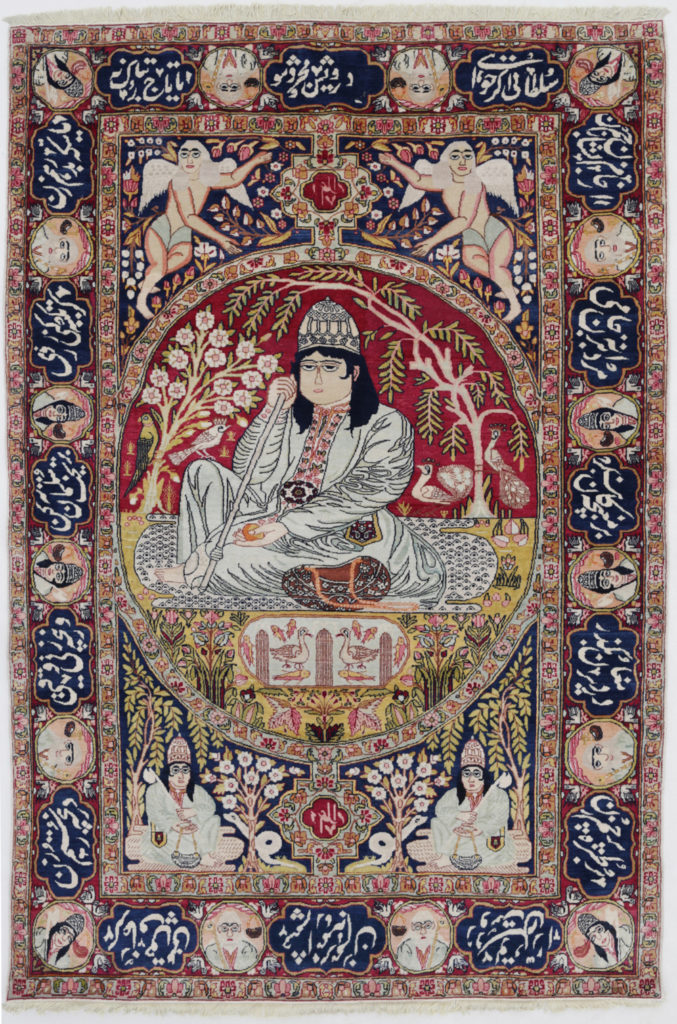
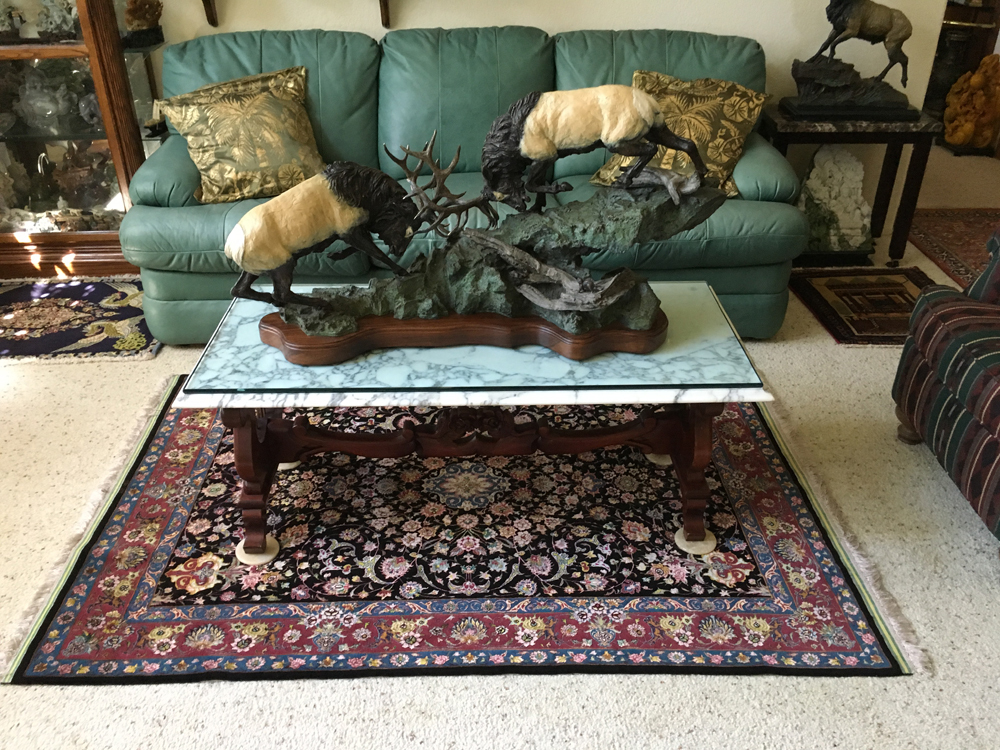
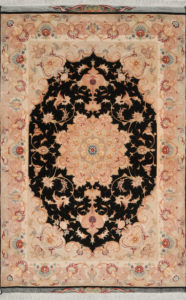
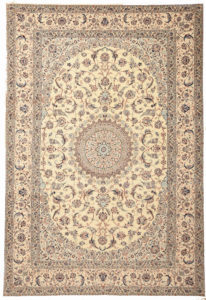
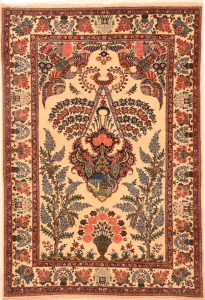


2 thoughts on “Buying A Silk Rug?”
I need help I live in Arizona and I was left a rug that I was told was silk. I read your statements and it does get hot when rubbed. It’s very soft. And very beautiful. It is 75 in. X 114IN. and the fringe is about 3in. On each end. I’m pretty sure it’s real. Where can I take it to see for sure of it’s authenticity. Like I said I leave in Sun City 85351 Arizona. I’d love to hear from you. Thankyou for your time.
Sorry, we couldn’t appraise rugs that we couldn’t see personally.